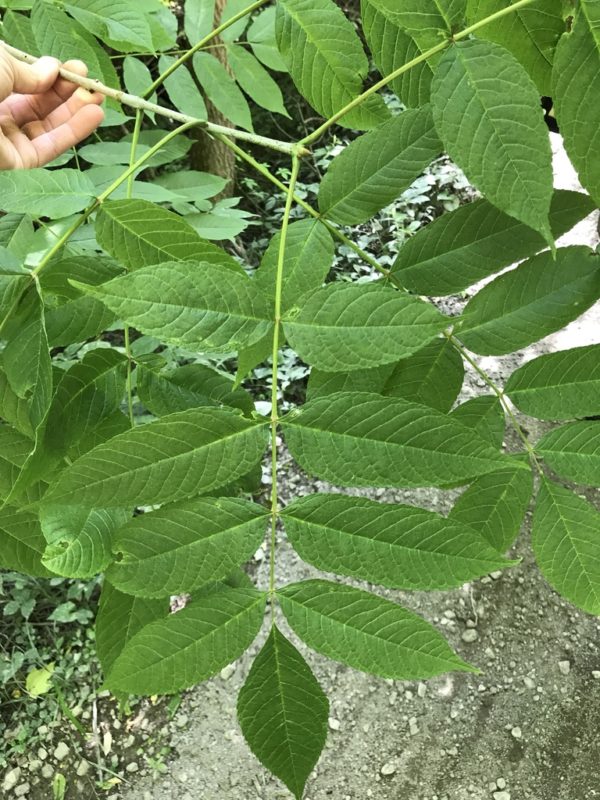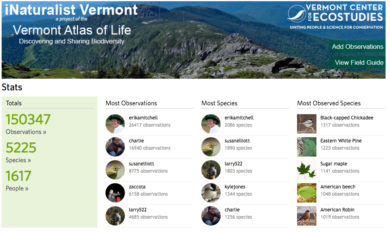
One of the four images Noel Dodge shared of this Black Ash, the 150,000th observation shared on iNaturalist Vermont.
With a tap on his smartphone and a click to submit to iNaturalist Vermont, Noel Dodge added the 150,000th record, a Black Ash tree growing near Otter Creek. iNaturalist Vermont has grown leaps and bounds. With over 1,600 people contributing observations and over 3,700 species of plants and animals reported and confirmed, iNaturalist Vermont is quickly becoming the largest biodiversity database ever assembled for Vermont.
The idea for iNaturalist Vermont, a project of the Vermont Atlas of Life, started with a simple question. How many species occur in Vermont and where are they? You’d think we’d know this for a small state steeped in a rich tradition of naturalists dating back to Zadock Thompson and his seminal 1842 work on the natural history of Vermont. But, the simple answer was, no one really knew.
We do know how many species there are of some of the popular taxonomic groups like birds (currently 385) and mammals (58). But how many invertebrates are there in Vermont? A back-of-the-envelope estimate puts the number at just over 21,400 species! There are about 2,150 species of vascular plants, with approximately 1,400 native plants. Not including protists, bacteria or viruses, we humans share Vermont with at least 26,000 to 45,000 species, although no one knows for sure just how many.
The list continues to grow as we discover new native and introduced species across the state. For example, citizen naturalists helped the Vermont Butterfly Survey (2002-2007) discover 12 new butterflies in the state, in the process creating a conservation watch list based on our newfound knowledge. We don’t have to go far to discover new and surprising species.
Can we hit 200,000 observations by the end of the year?
Join our growing community of naturalists from around the Green Mountain State in discovering and sharing observations of Vermont’s biodiversity. Your observations can be turned into research-grade, citizen science data that will help us discover, track and ultimately conserve our natural heritage.

